Vintage Vinyl Records: A Declining Trend
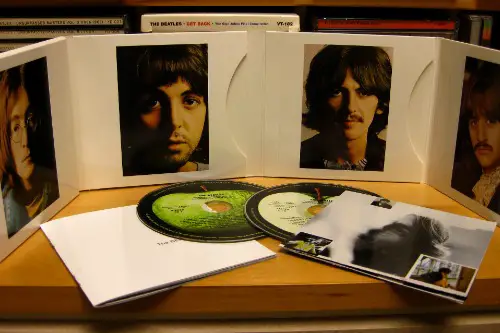
Vinyl records had a massive resurgence in recent years, with collectors hunting for rare and pristine copies. However, the market is showing signs of plateauing or even losing some momentum, particularly for records that aren’t in mint condition. In fact, certain records that were once highly sought after are now seeing diminished value. As the novelty of vinyl starts to fade, collectors are shifting their attention to other music-related items, according to Billboard.
The primary culprit behind this decline is oversupply. In the past decade, record production boomed to meet demand, flooding the market with reissues and less rare finds. Many of these newer releases aren’t gaining the same interest as original pressings, which has lowered their value. As a result, some once-pricey albums are not fetching nearly as much as they used to.
Rare Baseball Cards: Increasing Demand Among Collectors
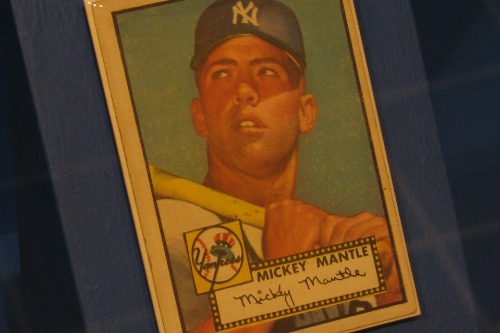
Rare baseball cards, particularly from the golden age of the sport, are continuing to skyrocket in value, according to CardChasers MTL. Cards featuring legends like Babe Ruth, Mickey Mantle, and Hank Aaron are seeing unprecedented prices at auctions. The combination of nostalgia, rarity, and the popularity of sports memorabilia is creating a booming market. As more people turn to baseball cards as investments, the demand for well-preserved, high-grade cards has pushed prices to new heights.
The increased attention to sports memorabilia has made rare cards a sought-after commodity. High-end buyers and collectors are competing for the rarest and most pristine cards, often leading to bidding wars. In recent years, we’ve seen multiple record-breaking sales, with individual cards fetching millions of dollars. This upward trend shows no signs of slowing down, especially with new generations becoming increasingly interested in the hobby.
Antique Silverware: Losing Luster in a Modern World
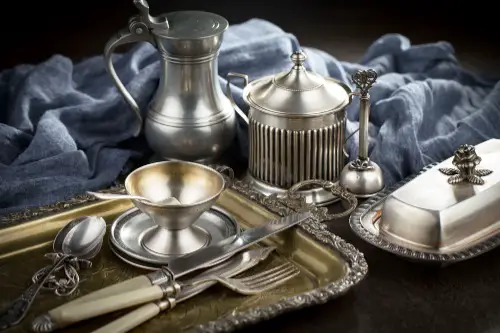
Once considered a status symbol, antique silverware is now losing its appeal, especially among younger generations. The intricate designs and high-maintenance nature of silver have made it less attractive to modern buyers. Silverware sets, once passed down through families as heirlooms, are now being sold off or tucked away in storage. For many, the tarnishing and upkeep required for silver are more hassle than it’s worth, according to Decorative Collective.
The market for antique silver has also been impacted by changing dining habits. As people move away from formal dining in favor of casual, everyday meals, the demand for elaborate silverware has diminished. Additionally, the rise of stainless steel and other durable, easy-to-maintain alternatives has made antique silver sets seem outdated. Silverware may never regain its former status, making it one of the antiques losing value.
Antique Rugs: Seeing a Surge in International Demand
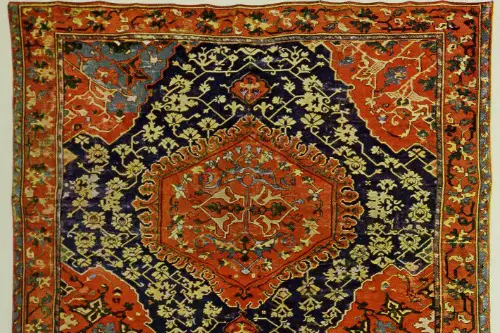
Antique rugs, particularly Persian, Turkish, and Caucasian varieties, are seeing a remarkable rise in value, according to Claremont Rug Company. As collectors seek out unique and handcrafted pieces, demand for these rugs is growing internationally. The fine craftsmanship, rich colors, and historical significance of antique rugs make them highly desirable. Especially rare or well-preserved examples are fetching top dollar at auctions and in private sales.
The growing appreciation for global craftsmanship and design is also contributing to this surge. As more buyers seek one-of-a-kind home decor pieces, antique rugs fit the bill perfectly. The trend towards vintage and sustainable items in interior design has made antique rugs a popular choice for those looking to make a statement. Whether as functional pieces or decorative art, antique rugs are certainly in the midst of a booming market.
Depression Glassware: Value Declining as Supply Increases

Depression glassware, once considered a must-have collectible, has been losing value in recent years. Mass-produced during the Great Depression, these glass pieces were affordable at the time, which has led to an overabundance in the market today. While certain rarities still hold value, most Depression glassware is now worth much less than it was a few decades ago. Collectors are less interested in these pieces, preferring more unique or historically significant items, according to Invaluable.
In recent years, many Depression glass patterns have flooded the market, leading to a saturation of supply. The lack of rarity means that most pieces no longer command premium prices, and many are being sold at bargain rates. As interest shifts to other vintage glassware or entirely different collectibles, Depression glass may continue to lose its allure. Collectors who once thought they’d made a wise investment may find their pieces worth less than anticipated.
Antique Clocks: Gaining Popularity Among Collectors
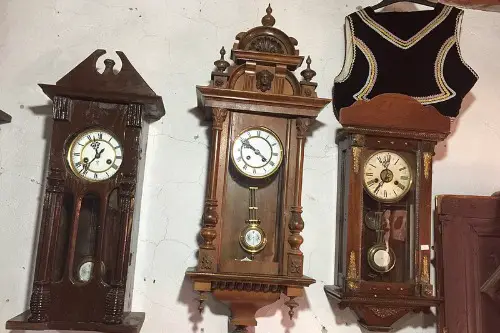
Antique clocks, especially those from famous makers like Longcase, Breguet, and Howard Miller, are seeing a rise in value. These beautifully crafted timepieces are prized for their historical significance and intricate mechanics. Collectors and enthusiasts alike are drawn to the craftsmanship, as well as the fascinating stories behind many of these clocks. The appreciation for timepieces as both functional art and collectibles is making antique clocks a sought-after investment.
Additionally, as more people turn to traditional forms of timekeeping in the digital age, antique clocks are gaining attention for their vintage charm. These clocks, often passed down through generations, are seen as symbols of quality and durability. As the demand for high-end, mechanically intricate items increases, antique clocks are positioned as a valuable asset. Their combination of beauty, function, and history makes them a growing area of interest in the antique market.
Antique Toys: A Mixed Market with Growing Interest

While some antique toys are losing their luster, others are seeing an unexpected rise in value. Toys from certain eras, such as the mid-20th century, are gaining attention from both nostalgic collectors and investors. In particular, vintage action figures, toy cars, and classic dolls from brands like Barbie and GI Joe are commanding impressive prices. This shift is fueled by nostalgia for childhood memories and the increasing trend of collecting pop culture memorabilia.
However, not all antique toys are experiencing the same upward trajectory. Toys that were mass-produced or didn’t have iconic status are still languishing on the market. These less-desirable items can be found at flea markets or estate sales for relatively low prices. As with many collectibles, the key to value is rarity and demand, and only the most sought-after toys are seeing substantial increases in worth.
Mid-Century Modern Furniture: An Unstoppable Surge
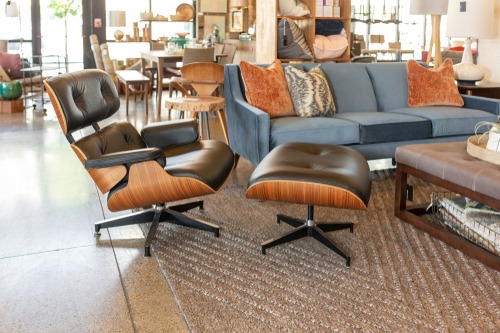
The market for mid-century modern furniture has been soaring for years, and this trend doesn’t appear to be slowing down. Pieces by iconic designers such as Eames, Saarinen, and Knoll are commanding astronomical prices at auctions. This resurgence is driven by a growing appreciation for the clean lines, functional design, and timeless style that these pieces offer. Younger collectors, especially millennials, are drawn to mid-century modern because it blends seamlessly with contemporary interiors.
The growing interest in sustainability also plays a role in this surge. Mid-century modern pieces were built to last, often using high-quality materials like solid wood, which appeals to buyers who prefer sustainable, long-lasting items. As the design style becomes increasingly mainstream, the competition for rare or well-preserved pieces intensifies. It’s clear that mid-century modern furniture has become a highly desirable and lucrative market for both collectors and interior designers alike.
Antique Furniture: Losing Luster with Changing Tastes

While mid-century modern furniture is thriving, traditional antique furniture has seen a decline in value. The old-fashioned designs that once dominated homes are less popular today, particularly with younger buyers. Ornate, heavy pieces like Victorian armoires and elaborate French rococo chairs are often too much for minimalist tastes. Buyers are opting for more modern and functional furniture that fits their lifestyles, leaving the antiques market somewhat stagnant.
Additionally, the antique furniture market is being affected by generational shifts in taste and interest. Younger generations aren’t as interested in inheriting grandparent’s furniture, and often view it as outdated. This lack of demand is starting to influence prices, especially for pieces that were once considered heirlooms. Unless a piece is extremely rare or in excellent condition, it may not command the same value it once did.
Vintage Watches: Gaining Momentum at an Unprecedented Rate
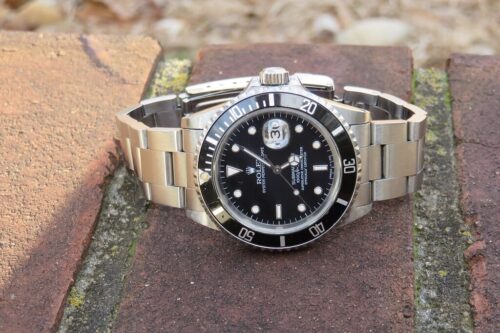
Vintage watches are becoming some of the most lucrative antiques on the market today. Luxury brands like Rolex, Patek Philippe, and Audemars Piguet are seeing their timepieces increase in value year after year. The scarcity of certain models and the craftsmanship behind them make these watches highly desirable, particularly among wealthy collectors. Some watches, which were once viewed as ordinary, are now fetching prices far above their original retail value.
Another factor contributing to the boom in vintage watches is the growing appeal of them as both fashion statements and investment pieces. With traditional investment markets fluctuating, collectors are looking for alternative assets, and vintage watches fit the bill perfectly. Auction houses report record-breaking sales, with some rare models selling for millions of dollars. The popularity of vintage watches has firmly positioned them as one of the most profitable antique categories today.
Classic Cars: Cooling Down After a Hot Streak
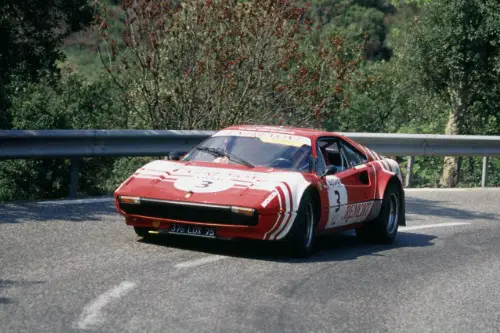
While classic cars have always had a devoted following, the market for them is starting to cool. After years of skyrocketing prices for vintage vehicles, especially from iconic brands like Ferrari, Porsche, and Lamborghini, the bubble seems to have burst. Many of these cars, while still highly sought after, aren’t seeing the same record-breaking bids they once did. Collectors are becoming more discerning, and the market is narrowing to only the rarest and most desirable models.
Several factors are contributing to this shift, including the increased availability of high-quality reproductions and electric vehicle trends. Younger collectors are increasingly interested in sustainability, and the maintenance costs associated with classic cars can be prohibitive. As a result, some cars that once commanded a premium are now experiencing a slowdown in value. While certain models will always remain in demand, the overall market is feeling the effects of changing priorities.
Art Deco Jewelry: Gaining New Appreciation
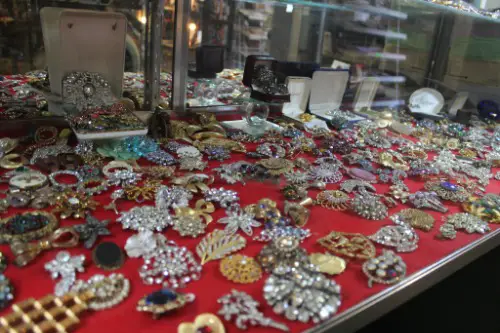
Art Deco jewelry, once overshadowed by older, more classical styles, is experiencing a resurgence in value. The bold, geometric designs and the use of luxurious materials like platinum, diamonds, and emeralds make these pieces highly collectible. As the demand for vintage jewelry increases, Art Deco items are gaining more attention due to their distinctive and elegant style. The Roaring Twenties aesthetic resonates with modern tastes, contributing to a rise in both interest and value.
In addition to aesthetic appeal, there’s a growing recognition of the historical significance of Art Deco pieces. This period was marked by the Jazz Age, and the designs reflect the optimism and sophistication of the time. For collectors, owning a piece of Art Deco jewelry isn’t just about style but also about holding a piece of history. This combination of beauty and cultural relevance is fueling a steady rise in value.


